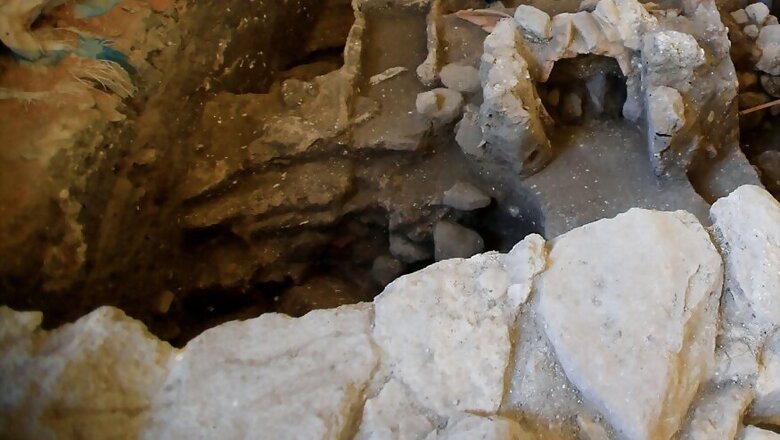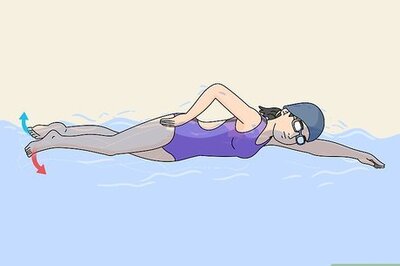
views
New Delhi: The Archeological Survey of India (ASI) has set out to demystify the kingdom of the Pandavas, months after undertaking excavation at Purana Qila to find the mythical city of Indraprastha.
The ASI has excavated 10 meters and touched the Pre-Mauryan era at 4.5 metre, where it has found traces of Painted Grey Ware (PGY) in the un-stratified layer. The discovery is crucial as it pushes back the dates of Delhi's existence to 4th-6th century BC.
The painted grey ware culture is associated with the Iron Age culture of the western Gangetic plain and the Ghaggar-Hakra valley, roughly corresponding to the period between 600 BC and 1200 BC.
Archaeologist B B Lal has claimed that Purana Qila is the Pandava kingdom of Indraprastha, estimating 900 BCE as the period of the war recounted in the epic. Hence, making the findings even more important.
“Later phases had shown the traces of PGW in the soil but we recently found PGW in un-stratified layers of the soil in the Pre-Mauryan era. There could be PGW habitation which might have been destroyed by the flood or it may be PGW in nearby areas,” a source in ASI confirmed, adding that if the layers can be excavated further, details about its history and time period can be found.
“If the culture of PGW in stratified soil is found, then Delhi could be as old as Iron Age. In 2013-2014 Purana Qila excavations showed PGW in Mauryan era. This time it is in Pre-Mauryan,” he said.
B B Lal said that the latest PGW discovery is in line with the excavations carried out by him in the 1950s. The archaeologist is associated with Hastinapura, Mathura, Ahichatra, Kampilya, Barnava, Kurukshetra and other sites of PGW culture with the Mahabharata period.
He pointed out that the Mahabharata mentioned a flood, and a layer of flooding debris was found in Hastinapura. In a 2012 presentation at the International Seminar on Mahabharata, he confirmed that the mythology is indeed associated with PGW sites.
The excavations, which started in January, has been wrapped up till further notice of resuming the exercise.



















Comments
0 comment